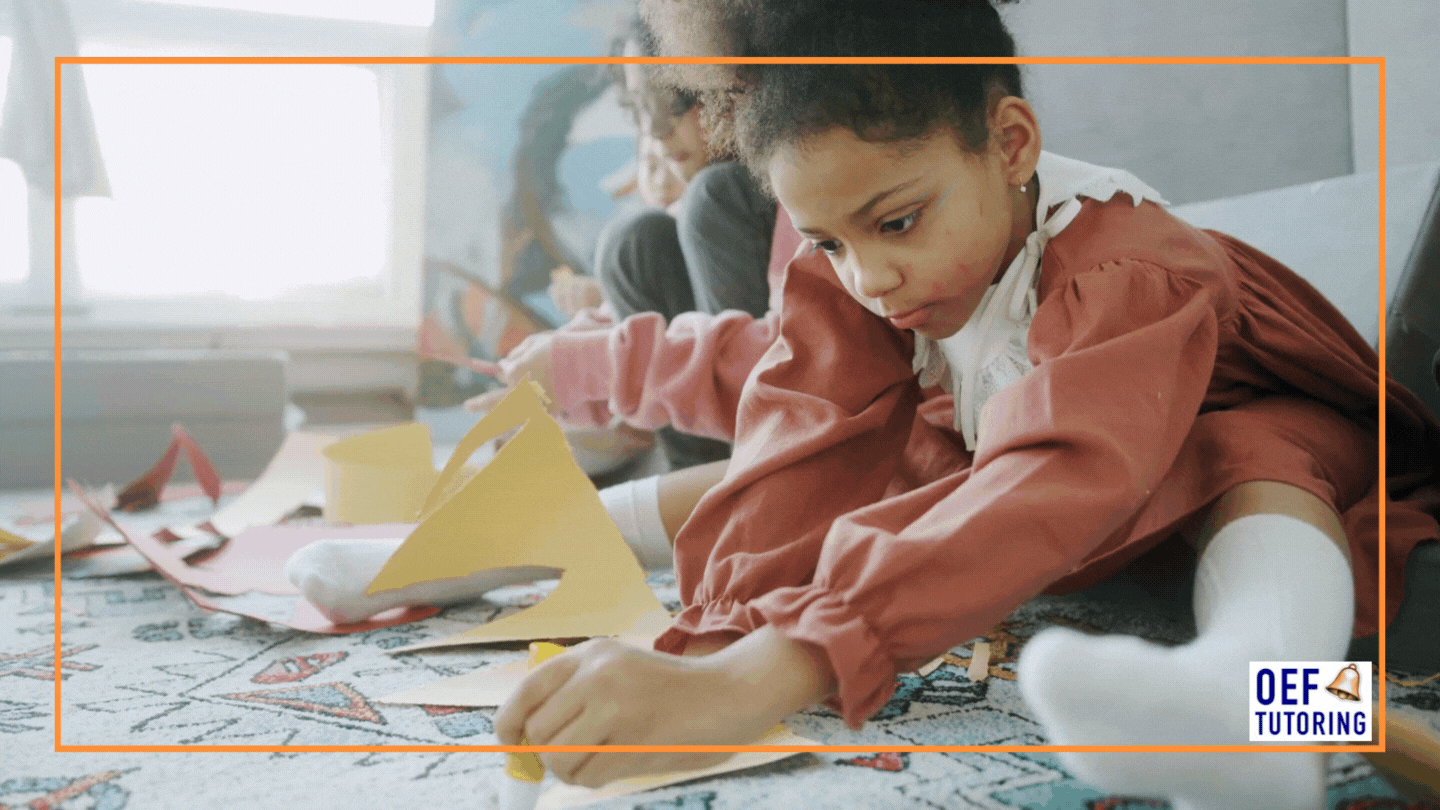
7 Ways To Motivate A Kid With ADHD To Do Homework And Chores
Children with ADHD are neurologically wired to have difficulty starting and finishing tasks. They often struggle with executive functioning, a family of mental skills that includes the ability to plan, conceptualize, and execute goals. All of this means that completing everyday tasks such as homework and chores — or even getting up for school — can become major points of difficulty for some kids, and major points of conflict between them and their parents.
That doesn’t mean that the only option is to push your way through. For children (and adults) with ADHD, staying on task can sometimes be as easy as reframing the process using management and motivation styles that better fit their needs and are more suited to the way they think. While the same strategies won’t work for everyone, these seven tips are a great place to start figuring out the right setup to keep your kid with ADHD on task.
1. A Little Understanding Goes a Long Way
Start by meeting your kid where they are — and really listen to what they’re saying. When a child appears disinterested or unable to start a task or an assignment, try to identify anything that might be getting in their way. ADHD and anxiety often go hand in hand, and tasks can feel overwhelming if they’re long and complex, or they may bring up some underlying discomfort (like assignments from that one terrifying teacher). Once you know what obstacles your child is facing, you’ll be better poised to find ways to overcome them. And yes, being bored definitely counts as one of these obstacles.
2. Break Down Larger Goals
Maintaining focus and motivation over a long period of time is difficult for kids with ADHD — it’s like trying to remember your place in a book with pages that won’t stop flipping around. Plenty of projects can be broken down into discrete parts, and writing them down on a piece of paper or a whiteboard can help free up brain space and encourage your child to focus on one step at a time, says Carey Heller, Psy.D., a Maryland-based psychologist who specializes in childhood and adolescent ADHD. Try finding a way to help your child unwind in between each step.
3. Encourage Routine
“Creating structure is really important,” Heller says. Small routines, like a pre-homework snack after school followed by a set reminder to do homework, can help create a familiar flow of activities that eliminates the need to spend mental energy on planning when to tackle heftier tasks.
Knowing when a change in activity is coming is also a huge boon for the ADHD brain, which can easily become fixated and difficult to redirect. “For example, if a child is reading for fun, or playing a game of some kind, suddenly being surprised by parents saying ‘It’s time to do homework’ may make them yell or react a little more strongly because of the difficulty shifting attention, rather than it being that they truly don’t want to do it,” Heller says. If it’s a routine that game time stops at 5 p.m. everyday, switching away from that activity will likely be less of a fight.
4. Set Reminders
When it comes to ADHD, organization is key. Luckily, there’s no shortage of tools to help parents and children achieve it. For older kids with smartphones, using the reminder and calendar apps to break up tasks into to-dos and deadlines is just a matter of building the habit. For parents of younger children, or those who may not want their kids relying on screens to manage their planning, smart home devices can act as hands-free virtual assistants for even the tiniest of tots. Heller says he uses his own Amazon Echo to set reminders so often that his son was listing off his own tasks to the device at the age of 4. For a tech-free option, paper planners can be a huge help to older kids — some are even made specifically for those with ADHD. The best reminder system for your kid, Heller says, is whichever one they’ll use.
5. Add Rewards
It’s what we all want for a job well done — something to look forward to. There’s good evidence that the dopamine reward pathway — the portion of the brain that makes you feel good when you accomplish something — is disrupted in people with ADHD, leading to a deficit in the ability to motivate from within. Thankfully, there’s also evidence that for children under 12, having an extrinsic reward, or something tangible to look forward to, can improve performance on a task.
For bigger projects, Heller suggests sprinkling rewards along the way. Which rewards work best is going to vary a ton from child to child, but options such as a favorite meal or quality time with a parent tend to be a hit in his office.
6. Embrace Fidgeting
Sure, your kid has to sit still at school. But at home, there’s no need to be so rigid. Heller swears by the strategy of “harnessing fidgeting to improve focus.” Turn your kid’s desk into the most fun home office in the house with items like an under-desk elliptical, a balance board, or even a simple standing desk setup — find what clicks for them. Even something as simple as pacing the room while reading can help some kids with ADHD stay engaged.
7. Remember: You’re There to Guide
Helping your child manage their ADHD is all about “parenting for independence,” Heller says. He encourages parents to develop strategies that their children and teens can take into adulthood and use themselves, rather than ones that require constant parental involvement. For younger kids, modeling certain routines and behaviors can be a huge push in the right direction.



Upcoming Book Releases

How To Sell Your Book When ‘No One Is Reading’





